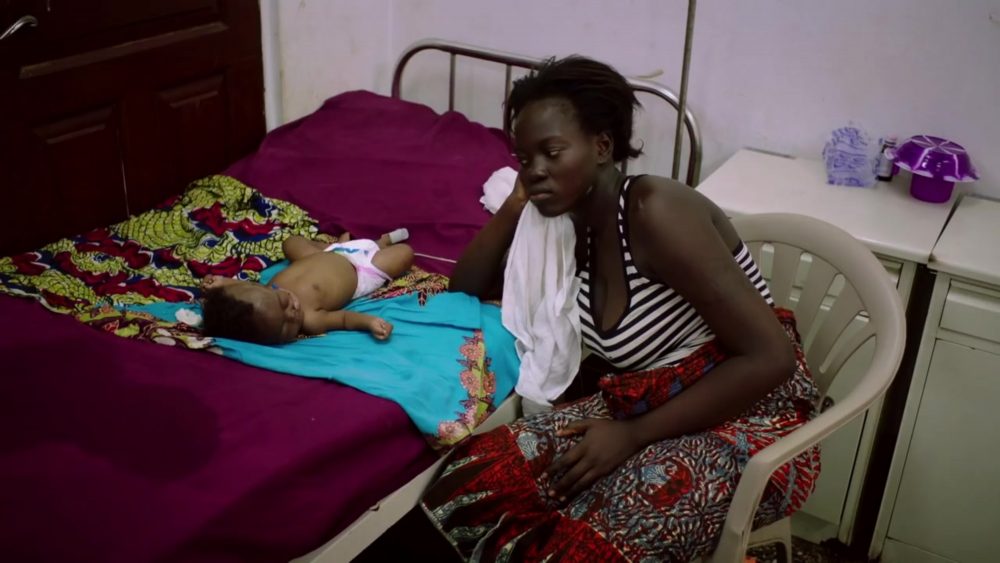Measles
Measles is a highly contagious viral disease, which affects mostly children.
It is transmitted via droplets from the nose, mouth, or throat of infected persons. Initial symptoms, which usually appear 10–12 days after infection, include high fever, runny nose, bloodshot eyes, and tiny white spots on the inside of the mouth. Several days later, a rash develops, starting on the face and upper neck and gradually spreading downwards. There is no specific treatment for measles and most people recover within 2–3 weeks. However, particularly in malnourished children and people with reduced immunity, measles can cause serious complications, including blindness, encephalitis, severe diarrhoea, ear infection, and pneumonia. Measles can be prevented by immunization.
Symptoms of measles
The initial symptoms of measles develop around 10 days after you’re infected.
These can include:
- cold-like symptoms, such as a runny nose, sneezing and a cough
- sore, red eyes that may be sensitive to light
- a high temperature (fever), which may reach around 40C (104F)
- small greyish-white spots on the inside of the cheeks
A few days later, a red-brown blotchy rash will appear. This usually starts on the head or upper neck before spreading outwards to the rest of the body.
How measles can be prevented
Measles can be prevented by having the measles, mumps and rubella (MMR) vaccine. This is given in 2 doses as part of the AHO childhood vaccination programme.
The first dose is given when your child is around 13 months old, and a second dose is given at 3 years and 4 months.
Adults and older children can be vaccinated at any age if they haven’t been fully vaccinated before. Ask your GP about having the vaccination.
If the MMR vaccine isn’t suitable for you, a treatment called human normal immunoglobulin (HNIG) can be used if you’re at immediate risk of catching measles.
Treating measles
There are several things you can do to help relieve your symptoms and reduce the risk of spreading the infection.
These include:
- taking paracetamol or ibuprofen to relieve fever, aches and pains (aspirin should not be given to children under 16 years old)
- drinking plenty of water to avoid dehydration
- closing the curtains to help reduce light sensitivity
- using damp cotton wool to clean the eyes
- staying off school or work for at least 4 days from when the rash first appears
In severe cases, especially if there are complications, you or your child may need to be admitted to hospital for treatment.


